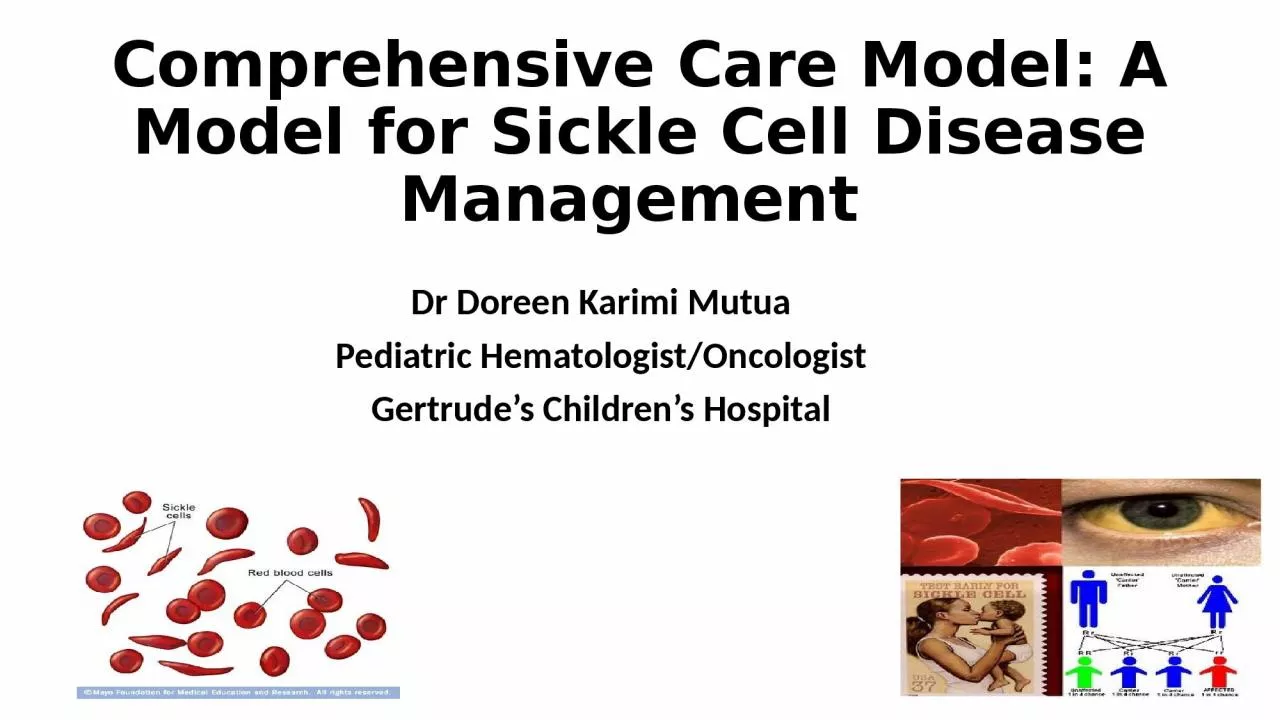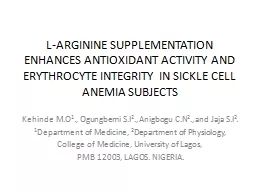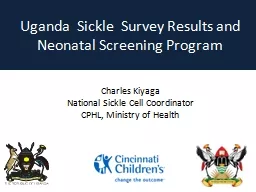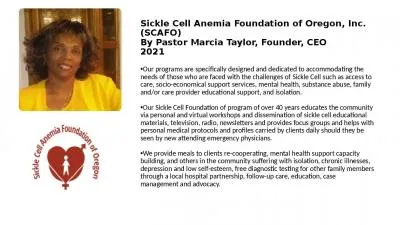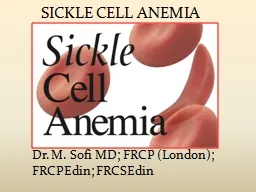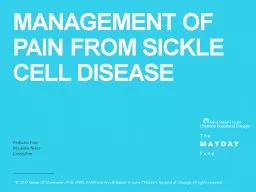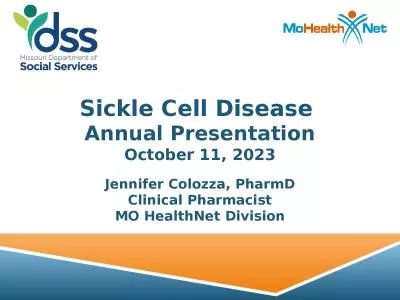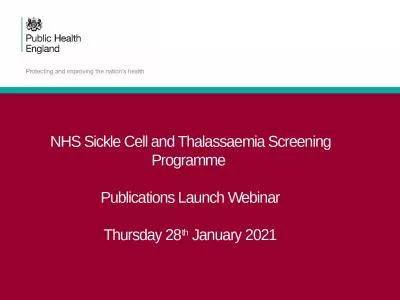PPT-Comprehensive Care Model: A Model for Sickle Cell Disease Management
Author : jocelyn | Published Date : 2023-05-31
Dr Doreen Karimi Mutua Pediatric HematologistOncologist Gertrudes Childrens Hospital Outline History Status of Sickle Cell Disease Care Rationale of Comprehensive
Presentation Embed Code
Download Presentation
Download Presentation The PPT/PDF document "Comprehensive Care Model: A Model for Si..." is the property of its rightful owner. Permission is granted to download and print the materials on this website for personal, non-commercial use only, and to display it on your personal computer provided you do not modify the materials and that you retain all copyright notices contained in the materials. By downloading content from our website, you accept the terms of this agreement.
Comprehensive Care Model: A Model for Sickle Cell Disease Management: Transcript
Download Rules Of Document
"Comprehensive Care Model: A Model for Sickle Cell Disease Management"The content belongs to its owner. You may download and print it for personal use, without modification, and keep all copyright notices. By downloading, you agree to these terms.
Related Documents

